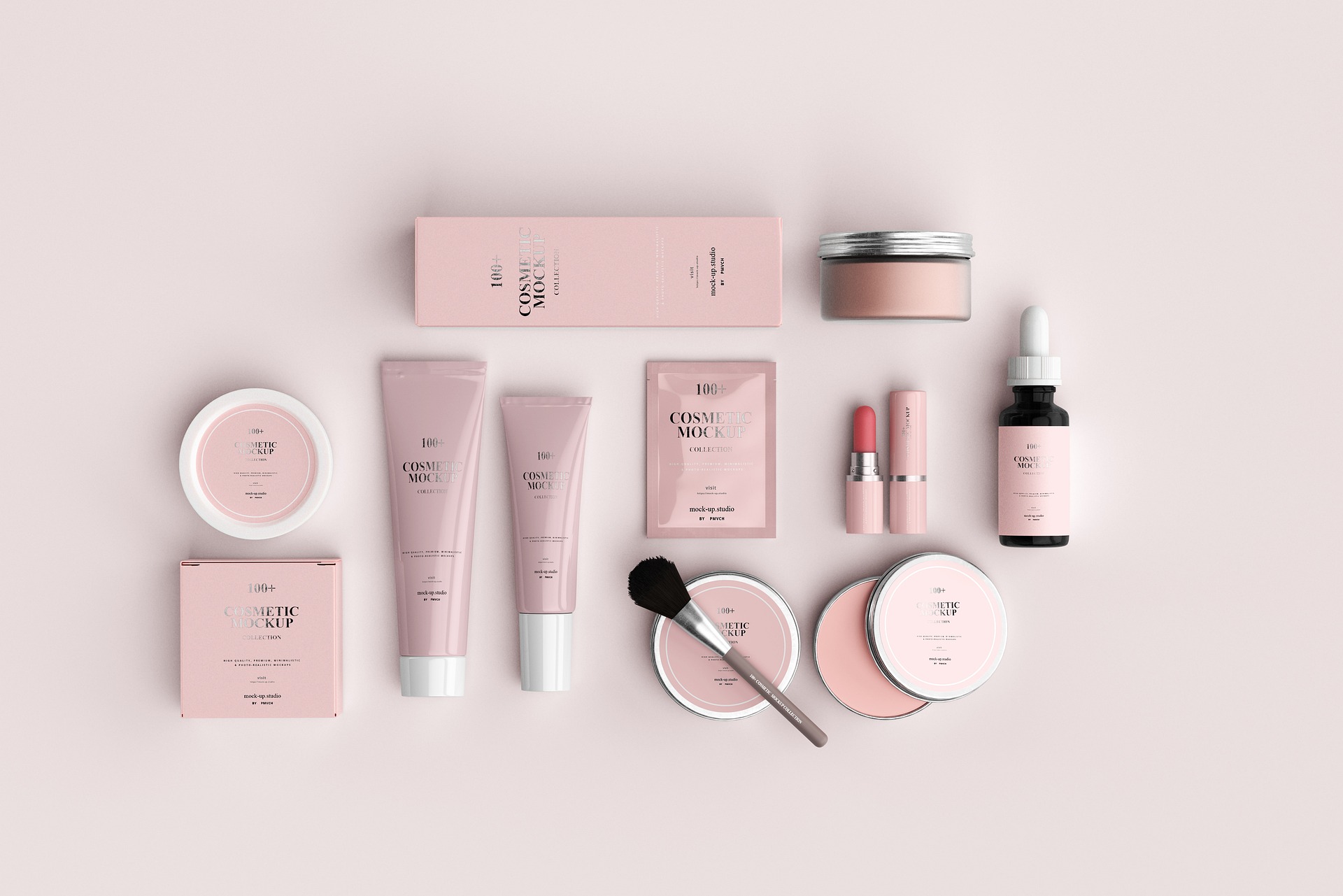
If you are looking to start a cosmetic business in the United Kingdom (England, Scotland, and Wales), it is essential that you comply with the relevant regulations. The UK Cosmetic Regulation was put in place to ensure that all cosmetic products sold in the UK are safe and fit for purpose. The Regulation is a set of rules and requirements that govern the safety, labeling, advertising, and distribution. It applies to all cosmetic products sold in the UK, whether manufactured within the country or imported from abroad. There is a separate process for placing cosmetic products on the market in Northern Ireland – following the EU Cosmetic Regulation.
Failure to comply with the UK Cosmetic Regulation can result in fines, product recalls, and damage to a company's reputation. Therefore, it is essential for cosmetic businesses to stay up-to-date with the Regulation and to ensure that they are meeting all the necessary requirements.
Background
The UK Cosmetic Regulation was first introduced in 1978 and has undergone several revisions since then, including most recently in 2021 after Brexit. The current version of the regulation is based on the European Union's Cosmetics Regulation (EC) No 1223/2009 and includes additional requirements specific to the UK.
The Regulation covers a wide range of topics, including product safety, labeling, and advertising. You can find the full Regulation on the UK Government website.
Responsible Person
Similar to the EU Cosmetic Regulation, where all cosmetic products must have a Responsible Person (RP) based in the EU, it is mandatory according to UK Cosmetics Regulation that all cosmetic products available in the UK must have an RP who makes sure safety measures are followed and legal obligations are met.
An RP can be a business or an individual and must have a UK-established address to make cosmetic products available in Great Britain.
Product Information File (PIF)
A PIF in English must be kept by the Responsible Person at the disposal of the Authorities in case of Inspection, up to ten years after market launch. The PIF includes:
- Product description;
- Product safety report;
- GMP certificate; and
- Evidence for the cosmetic product’s effects (claims).
Product Safety
Product safety is a top priority for the UK Cosmetic Regulations. As a cosmetic business owner, you must ensure that your products are safe for use. This includes using safe ingredients, conducting appropriate tests, and keeping up to date with any safety alerts or recalls. A safety assessment that takes into account the product's intended use, the concentration and purity of its ingredients, and any potential risks associated with its use.
Here are some of the key duties in terms of safety under the regulation:
- Safety Assessment: Before a cosmetic product can be placed on the UK market, the manufacturer must ensure that it is safe for human use. This includes carrying out a safety assessment that takes into account the product's intended use, the concentration and purity of its ingredients, and any potential risks associated with its use.
Ingredient Safety: All ingredients used in cosmetic products must be safe for human use. Manufacturers must ensure that the concentration and purity of each ingredient is within safe limits and must avoid using any ingredients that are known to be harmful or have been banned from use in cosmetics.
Microbiological Safety: Cosmetic products must be free from harmful microorganisms that could pose a risk to human health. Manufacturers must ensure that their products are manufactured in a hygienic environment, and must carry out appropriate microbiological testing to ensure that the products are free from harmful bacteria, fungi, and other microorganisms.
Labeling
Labeling is another crucial aspect of the UK Cosmetics Regulation. The labeling of cosmetic products must include information about their safe use. All cosmetic products sold in the UK must be labeled correctly, including a list of ingredients, product name(s), and manufacturer information, among others. It is also important to ensure that your labeling is clear. This includes information about any potential risks associated with the product's use, instructions for safe use, and any precautions that consumers should take when using the product.
Advertising/Claims
All claims made about a cosmetic product must be truthful, not misleading, and backed up by evidence. You should avoid making any claims that could be interpreted as medical or therapeutic.
Notification
In the UK, all cosmetic products must be notified to the Cosmetic Product Notification Portal (CPNP) before they can be placed on the market. You must provide detailed information about your product, including its composition and intended use.
For cosmetic products that have not been notified on CPNP and are being placed on the UK market after December 31, 2020, you will need to notify these products using the UK’s Submit Cosmetic Product Notifications (SCPN) service before they can be placed on the GB market.
Record Keeping
Finally, it is important to keep records of all the steps you have taken to comply with the UK Cosmetic Regulations. This includes records of your product testing, labeling, and notification. Keeping good records will help you to demonstrate your compliance if you are ever audited or investigated.
Our Services
We can provide the following services for you related to your product compliance process:
- Acting as a Responsible Person (Including leading inspections with the Authorities and sharing side effects with the Office of Product Safety Standards);
- Preliminary review of formula and label so as to check whether it is compliant with the regulatory requirements for the cosmetic ingredients and efficacy claims;
- Conduct a Safety assessment by a qualified Toxicologist expert;
- Create an accurate PIF and keep it updated (including regulatory/toxicology updates);
- Labeling: Generate label with the relevant information (Including INCI list and Claims); and
- SCPN submission.
If you need any assistance or have any questions, please get in touch with us via service@cirs-group.com.